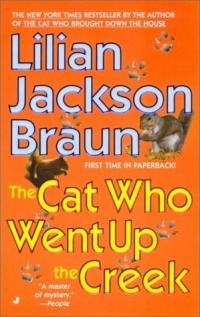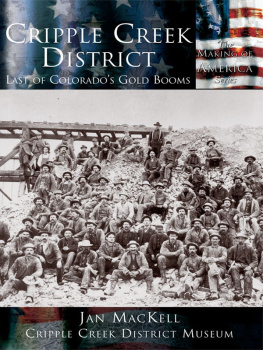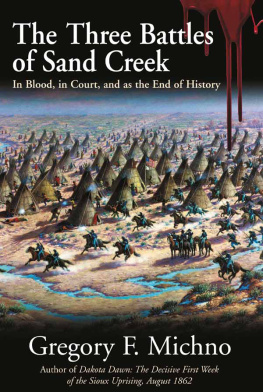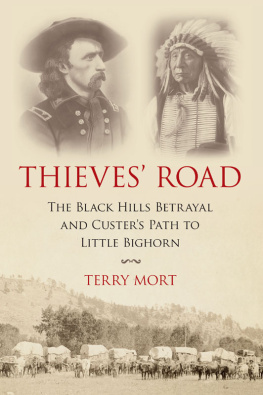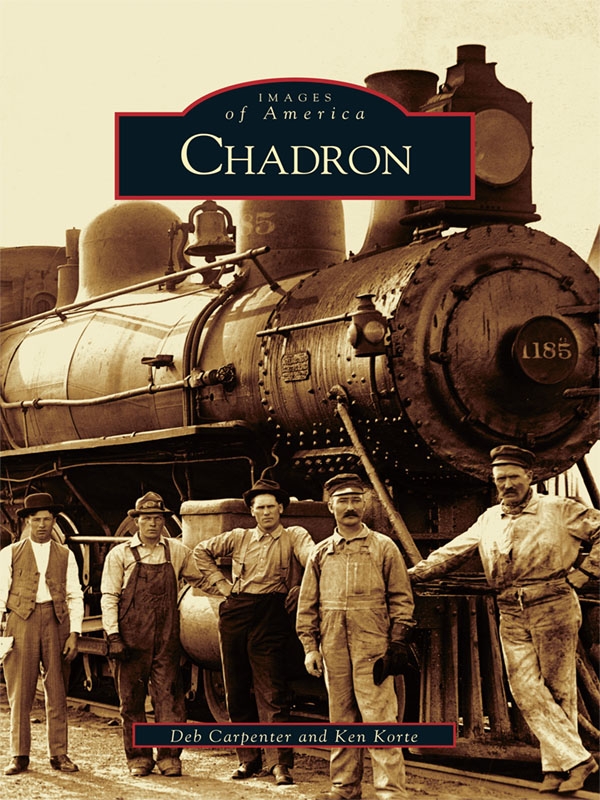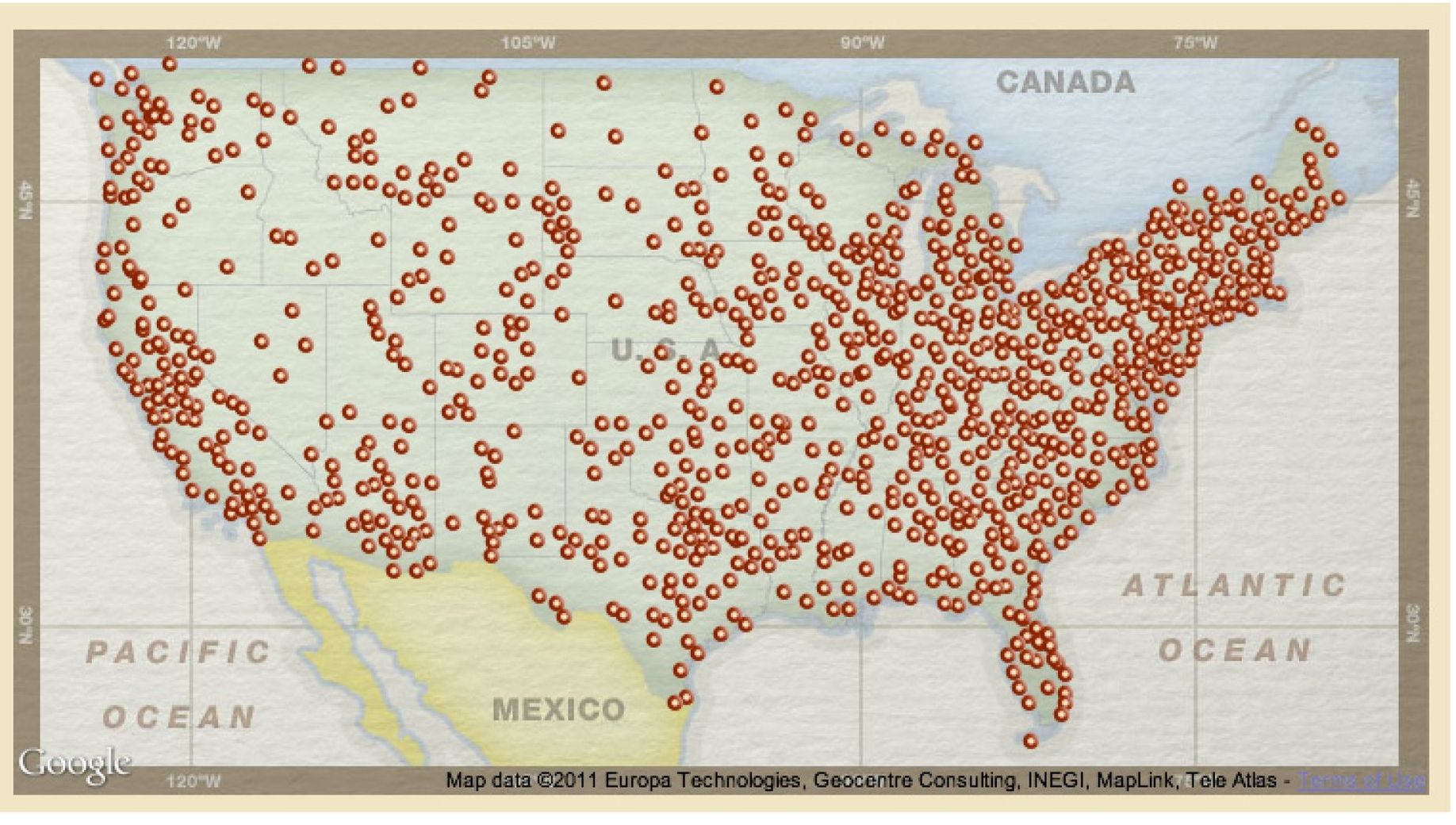The Chadron community was so very gracious to us throughout the entire process of compiling this pictorial history of Chadron. The Dawes County Historical Society opened the doors to the museum and allowed us to pick and choose photos from their vast collection. They volunteered their time and energy to help us gather information, and met with students on numerous occasions. We are grateful to Belle Lecher, Maggie Radcliffe, Lila Ahrens, Dean Carpenter, Rollin Curd, and Alice Faulk for their generosity and for their patience with us.
We are indebted to the following people who also provided photos, information, and background stories to give our project depth (listed in alphabetical order): Jan Adams, Dale and Pam Anderson, Chadron Chamber of Commerce, Hermie Cilek, Deb Cottier, Mr. Floyd Counts, Holly Counts, Lyle Goodman, Rodney Heesacker, Mabell Kadlecek, James Lees, Jeana Pickett, and Gail DeBuse Potter.
Thanks to Sarah Polak for continuing to make available the wonderful resources at the Mari Sandoz High Plains Heritage Center, and to Alex Smith for digitizing the photo collections. Alex deserves a bunch of gold stars for saying, No problem, every time we brought in a new batch of photos or called to see if he could make a special trip in to scan something.
Another heartfelt thank you goes to Con Marshall for the photos, information, editing suggestions, and encouragement he so generously contributed.
Thanks to the Chadron State College Foundation for permission to use the Graves photo collection, the Slattery photo collection, and the miscellaneous boxes of college photos. Wed like to give a special thank you to everyone at Chadron State College who encouraged us to work on this book as a class project. We appreciate the assistance and guidance given by Terry Brennan, LuAnn Johnson, Glenda Gamby, and the rest of the staff of the Reta E. King Library. Thanks to Dr. Krepel, for reviewing the book proposal and contract.
To future students who benefit from our endeavors in the form of scholarships from book sales, we encourage you to foster the same appreciation we have for this special college community, the city of Chadron, and surrounding areas.
Finally, to the photographers, writers, and keepers of stories who passed on the legacy, thank you. We couldnt have completed this project without you.
BIBLIOGRAPHY
Buecker, Thomas. History of Camp Sheridan, Nebraska. Journal of Americas Military Post . 1995.
Chadron Narrative History Project Committee. Chadron, Nebraska Centennial History: 18851985. Freeman, SD: Pine Hill Press, 1985.
Clark, LaVerne Harrell. Re-Visiting the Plains Indian Country of Mari Sandoz . Marvin, SD: The Blue Cloud Quarterly, 1977.
Curd, Rollin C. A History of the Boundaries of Nebraska and Indian-Surveyor Stories . Chadron, NE: Boundaries Publishing Company, 1999.
Graff, Jane, Project Director. Nebraska: Our Towns. The Panhandle . Dallas, TX: Taylor Publishing Co., 1988.
Grange Jr., Roger T. Fort Robinson: Outpost on the Plains. Reprint from Nebraska History , Volume 39, No. 3, September, 1958.
Griffith, George V. The Chadron Public Library: A Centennial History, 18891989 .
Hanson Jr., Charles, and Veronica Sue Walters. The Early Fur Trade in Northwestern Nebraska. Nebraska History , 57 (Fall 1976). Reprint in booklet form, 1985.
Herman, Jake. Pictorial Book of the Oglala Sioux . 1968.
Kadlecek, Edward and Mabell. To Kill an Eagle . Boulder, CO: Johnson Publishing Company, 2000.
Kadlecek, Mabell. Beaver Valley 19621994 . Unpublished, 2004.
Mills, Rick W. and James J. Reisdorff. The High, Dry and Dusty . David City, NE: South Platte Press, 1992.
National Scenic Byways, Nebraska Gold Rush Byways, Sidney-Deadwood Trail. http://www.byways.org .
Paul, R. Eli, editor. The Nebraska Indian Wars Reader 18651877 . Lincoln, NE: University of Nebraska Press, 1998.
Radcliffe, Rip. The Chadron to Chicago Cowboy Horse Race of 1893 . Chadron, NE: B&B Printing, 1984.
Rhoads, Minnie Alice. A Stream Called Deadhorse . Chadron, NE: Chadron Printing Co., 1957.
Shepherd, Dr. Allen, et al., editors. Man of Many Frontiers: The Diaries of Billy the Bear Iaeger . Omaha, NE: Making History, 1994.
Shumway, Grant L. History of Western Nebraska and Its People . Volume 2: Lincoln, NE: The Western Publishing and Engraving Company, 1921.
The Cowboys Are Off. Dawes County Journal 16 June 1893: 1.
United States Department of Agriculture. Hudson-Meng Bison Bonebed . Brochure. April 2000.
United States Department of Agriculture. Toadstool Geologic Park . Brochure.
Walking Tour of Historic Chadron. http://www.chadron.com/history/
Watson, George D. Prairie Justice. 18851985: A One-Hundred Year Study of the Legal System of Chadron and Dawes County . Chadron, NE: B & B Printing, 1985.
Find more books like this at
www.imagesofamerica.com
Search for your hometown history, your old
stomping grounds, and even your favorite sports team.
One
EARLY CHADRON
Long before there was a Chadron State College or even a Wal-Mart, there were the Great Plains, buffalo, and Indians. The Crow Indians were one of the first tribes in the area. The Sioux then came to this area to hunt and forced out the Crow.
James Bordeaux and Louis Chartran, two of the first fur traders in this area, traded whiskey (also known as milk), guns, and American soldier uniforms for whatever goods the Indians could offer, mainly buffalo hides.
Once the area was opened up for homesteading, settlers moved in. Fannie OLinn (who later became the first female attorney in Nebraska) chose a claim near the spot where White River joined Chadron Creek. She thought this location, where the railroad would most likely send a branch north to the Black Hills, would be the best place to develop a town.
She was right, but the price she set for the land was more than the railroad wanted to pay. They had someone come in and buy land a few miles away, much cheaper than Fannies site. After they established this land as the location of the railhead, it was said that the town of OLinn packed up and moved overnight approximately three miles down the road to the new location.
Fannie wanted to name the new town OLinn, but it became known as Chadron, a derivative of fur trader Chartrans name. Chadron was founded on August 1, 1885. (Student co-authors: Trista Koncaba, Dan Ascherl, Chris Merkel, Pierce Petersen, and Alva Roberts.)
A press was often used to make compact bundles of furs and hides. This replica is at the Museum of the Fur Trade, located on the site of the Bordeaux Creek trading post. (Photo courtesy of Brice Bottorff.)


